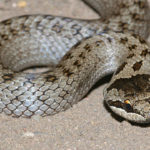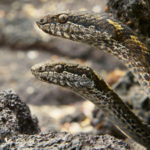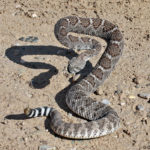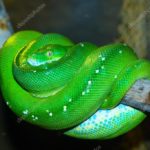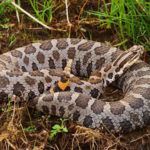How are snakes born ?
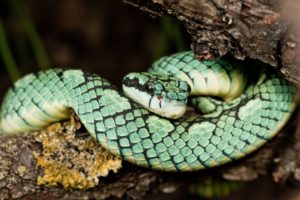 Snakes represent a group of scaly ones and they predominate almost on all continents of the globe. Biologists open a huge variety of species and subspecies of snakes. They differ in size, color and other characteristics of the body, as well as their habitat. Many species of animals feed their cubs to the moment of their adult life, thereby helping to survive in a dangerous environment, but snakes follow a different strategy.
Snakes represent a group of scaly ones and they predominate almost on all continents of the globe. Biologists open a huge variety of species and subspecies of snakes. They differ in size, color and other characteristics of the body, as well as their habitat. Many species of animals feed their cubs to the moment of their adult life, thereby helping to survive in a dangerous environment, but snakes follow a different strategy.
Each ecological niche has its own kind of snakes. They fit perfectly into any ecosystem and survive in different, even rather severe conditions. Snakes are very diverse with their childbearing.
Like many reptiles, snakes produce their offspring by laying eggs. Depending on the species, the number of eggs in the masonry varies from one to fifty. Snakes, in the majority, throw the clutch, and the snake develops independently. But in nature there are exceptions. For example, python females guard their masonry and even warm their eggs with their warmth. Also come and silt American snakes and even royal cobras, they guard their young cubs before they hatch.
But not all snakes lay eggs. In the world there are snakes for which nature came up with eggs and live births. Sea snakes and snakes from the family of vipers are viviparous. The fetus develops in them in the womb until birth. All this is connected with the habitat.
Egg frying is an intermediate variant of the birth of snakes in nature. Vipers leave their mother from the egg, but hatch in the abdominal cavity. Also there are cases of the birth of snakes in a thin film. Being born, a small snake rips it, starting its own life.
But most of the snakes lay eggs, both on the ground and deep under the earth. For example, a blind snake, whose body length is about thirty centimeters. In their way of life and behavior, these little strange snakes remind us of more worms. They actively dig burrows under the ground, where they lay their eggs.
